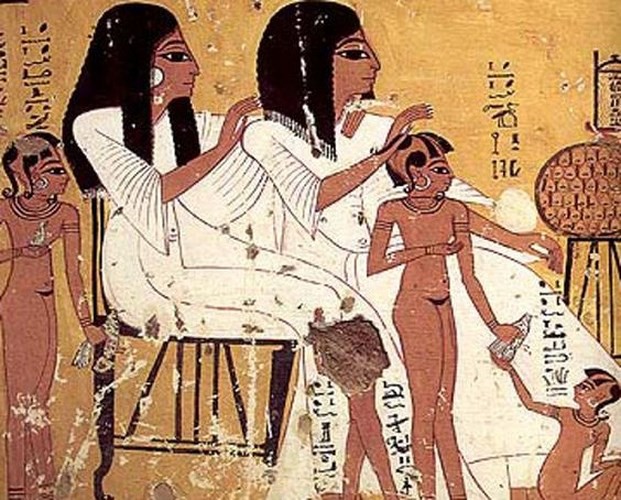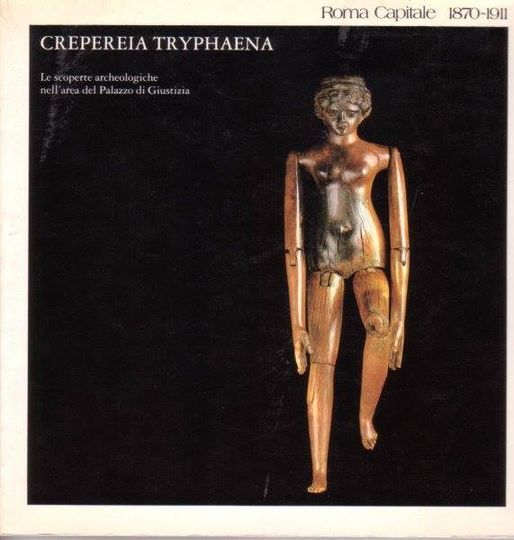In 1889, a remarkable discovery was made that offered a unique window into the daily lives and cultural practices of ancient Rome. Unearthed in the sarcophagus of Crepereia Tryphaena, an unmarried 20-year-old woman, was a meticulously crafted ivory doll, now known as the “Crepereia Doll.” This exquisite artifact, dating back to the late 2nd century AD, is nearly two thousand years old and provides invaluable insights into Roman society, craftsmanship, and the lives of young women during that era.
The Discovery

The sarcophagus of Crepereia Tryphaena was found near the Vatican, amidst a cluster of ancient Roman tombs. Alongside the beautifully adorned coffin lay a collection of personal belongings, among which the ivory doll stood out. The doll, with its moveable joints and detailed accessories, captured the attention of archaeologists and historians alike, sparking fascination and curiosity about its owner and the period it represented.
The Crepereia Doll
The Crepereia Doll is a testament to the high level of craftsmanship and artistry that flourished during the Roman Empire. Carved from ivory, the doll features articulated limbs, allowing it to move at the shoulders, elbows, hips, and knees. This intricate joint work demonstrates the advanced techniques employed by Roman artisans in creating lifelike and functional toys.

Dressed in miniature versions of contemporary Roman clothing, the doll also came with an array of accessories, including jewelry and tiny tools. These items not only highlight the doll’s role as a cherished possession but also reflect the fashion and domestic practices of the time. The presence of such a sophisticated toy in the tomb suggests that Crepereia Tryphaena belonged to a wealthy and possibly noble family, as ivory was a luxury material, and such elaborate dolls were not commonplace.
Insights into Roman Society
The inclusion of the Crepereia Doll in the young woman’s sarcophagus provides valuable clues about Roman funerary practices and beliefs. In ancient Rome, it was customary to bury the deceased with items that held personal significance or were believed to be useful in the afterlife. The doll, likely a beloved childhood toy, symbolizes innocence and the short life of its owner. It also reflects the Roman practice of commemorating the deceased’s life and personal interests.

Furthermore, the discovery sheds light on the societal expectations and roles of young women in Roman culture. Dolls like the Crepereia Doll were often used to teach girls about their future roles as wives and mothers, preparing them for domestic responsibilities. The doll’s detailed attire and accessories offer a glimpse into the daily life, fashion, and domestic environment that a young Roman woman like Crepereia Tryphaena would have experienced.
Preservation and Legacy
Today, the Crepereia Doll is preserved and displayed at the Museo Nazionale Romano in Rome, where it continues to captivate visitors with its delicate beauty and historical significance. The doll serves as a poignant reminder of the personal and intimate aspects of ancient Roman life, beyond the grandiose architecture and monumental achievements commonly associated with the era.

The discovery of the Crepereia Doll and the sarcophagus of Crepereia Tryphaena underscores the importance of archaeology in uncovering the human stories behind historical artifacts. Each item recovered from the past provides a piece of the puzzle that helps us understand the complexities and nuances of ancient civilizations.
Conclusion
The Roman doll of Crepereia Tryphaena is more than just a relic; it is a bridge connecting us to the everyday lives of people who lived nearly two thousand years ago. Through its intricate craftsmanship and the poignant context of its discovery, the Crepereia Doll offers a unique and touching perspective on Roman society, the role of women, and the enduring nature of childhood across the ages. As we continue to study and preserve such artifacts, we gain a deeper appreciation for the rich tapestry of human history and the common threads that bind us across time.
